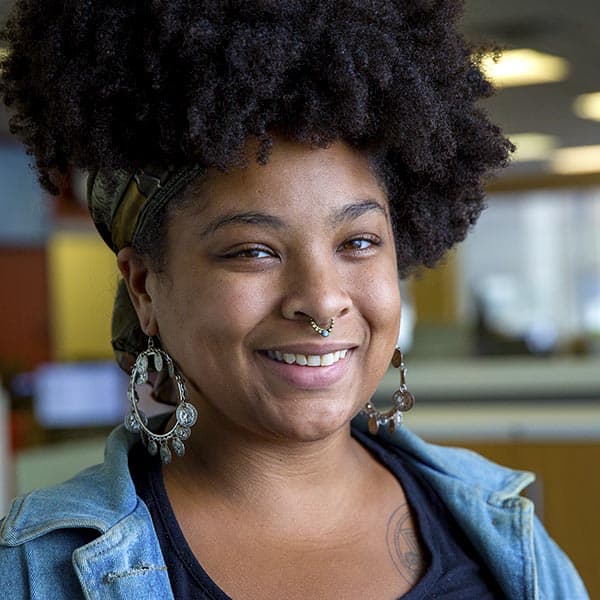Advertisement
Boston photographer captures tender and tough birth stories

In 2018, a friend of photographer Stefanie Belnavis asked her to do a maternity shoot. The friend, dancer and doctor Sade Bully-Bell, was towards the end of her pregnancy and wanted photos to remember the moment. Belnavis shot photos of Bully-Bell in Boston's Fens area. "There was a lot of high grass," says Belnavis. "You couldn't even tell that we were shooting in Boston.
Weeks later, Bully-Bell gave birth. Tragically, the baby, named Isaiah, was stillborn. "This one hit me hard because I realized the people who I knew — who'd been pregnant — nobody really talked about adverse experiences," says Belnavis.
Belnavis, who is also a licensed mental health clinician and a perinatal movement psychotherapist, was inspired to start Birthlooms, a photography project that captures moments during the prenatal, labor, child birth and postpartum period, both "joyous and complex." Birthlooms focuses specifically on Black and brown birthing people. Since starting the project, Belnavis has photographed around 40 different families. "If you look at birth photography, it's very glamorized, which I'm not against," she says. "But I felt like there was a whole sector of the perinatal experience that was missing visually."
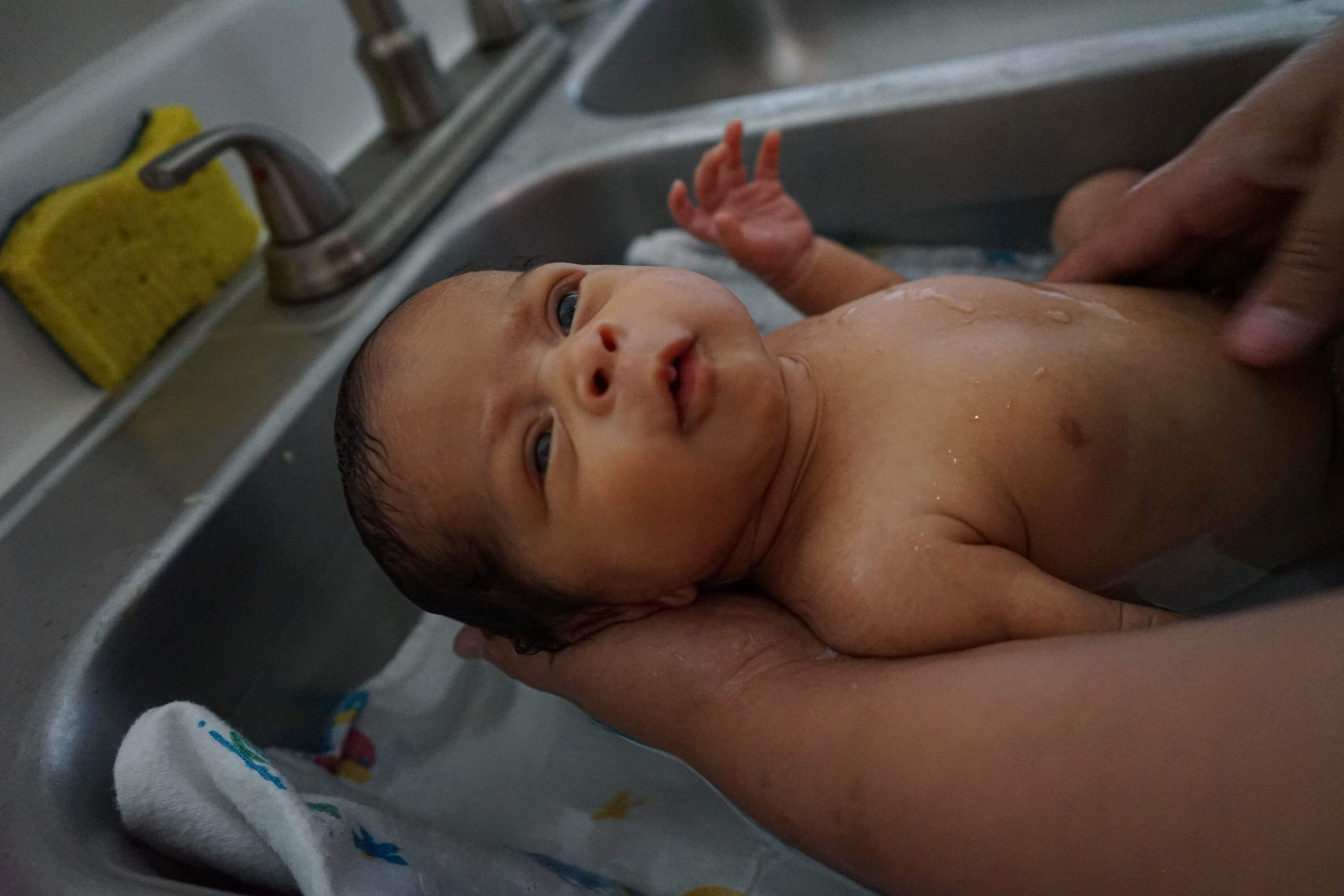
The experience before, during and after birth can look very different for birthing people of color. Black, American Indian and Alaska Native birthing people have higher rates of pregnancy-related death compared to white women, and are also less likely to access pre-natal care earlier on in pregnancy. Infants born to birthing people of color also have higher mortality rates.
"For example, Black Maternal Health Week just passed, and you see the statistics for Black birthing people," says Belnavis. "But how do we broaden that beyond just the hashtag? How do you even start those conversations?"
I felt like there was a whole sector of the perinatal experience that was missing visually.
Stefanie Belnavis
Through Birthlooms, and working with clients during all stages of the perinatal journey, Belnavis begins that important dialogue. Belnavis has a background as a board-certified dance movement psychotherapist and worked as an early childhood mental health clinician — she utilizes those skills as she builds relationships with her subjects. "As a somatic practitioner, as somebody who loves to be in relationship with people, who loves to celebrate their stories, I came at it from a different lens," she says. "There is a therapeutic component."
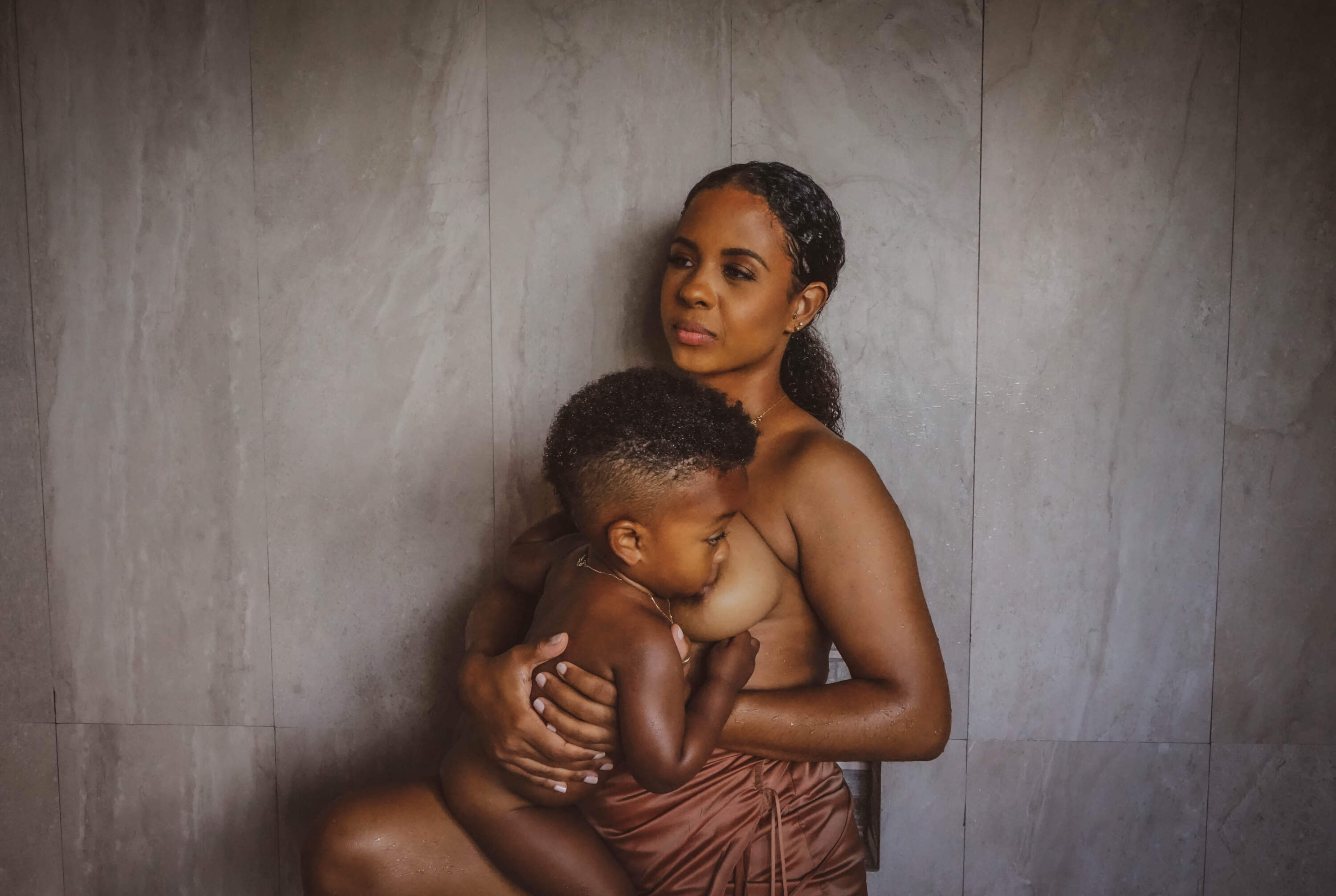
For Nyacko Pearl Perry, an organization development consultant and co-founder of Comfort Kitchen in Dorchester, working with Birthlooms for her maternity shoot was an essential experience. Belnavis photographed Perry in 2022, a few months before Perry gave birth to her son.
"I felt very held and heard through the process," says Perry. "She was always very centered towards me, and [asking] how am I doing and how am I feeling."
Before giving birth to her son, Perry went through a miscarriage. "It just went from there's a heartbeat to there's no longer heartbeat... It was pretty horrific," Perry explains. She recalls her doctor being cold and distant, not emotionally available to help support her through a difficult time.
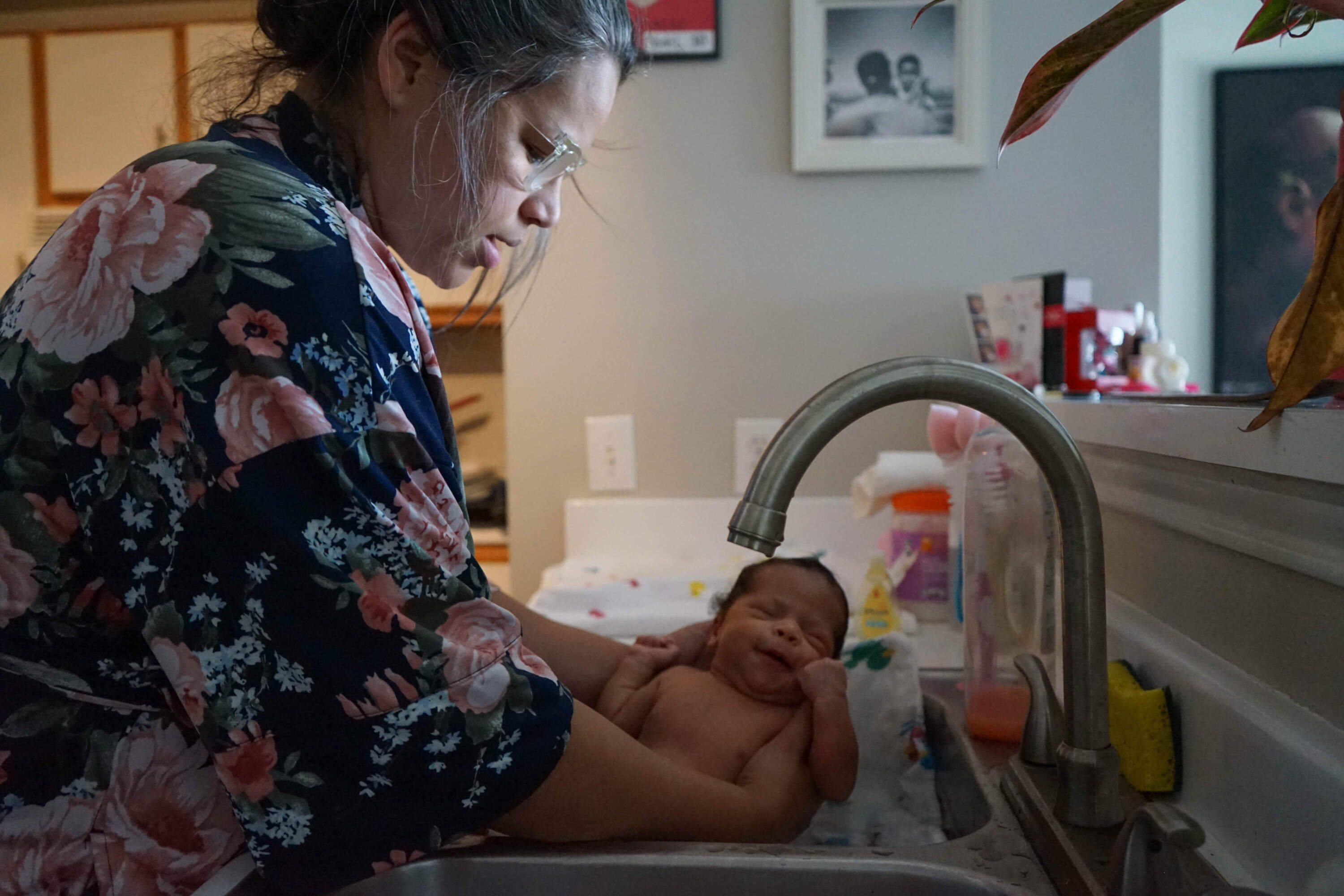
As a birthing person of color, Perry was keenly away of the health disparities she faced. When she became pregnant a second time, Perry says that there were moments when she felt like a "walking statistic... I didn't have a lot of trust in the hospital to give me the emotional support I needed."
Some of that support Perry found in Birthlooms. Being photographed by Belnavis was a way to solidify and memorialize the beauty of pregnancy while acknowledging the impact of her previous loss. Belnavis shared informational resources with Perry while helping her generate a list of items needed once the baby was born. "She just has an awareness and a sensitivity to all the experiences related to pregnancy and bereavement," says Perry.
Feeling seen and held, as Perry describes it, is incredibly important for birthing people of color who are already facing silos in healthcare. "I hope that individuals who have shared experiences around birth bereavement or grief or loss... that they feel represented and that they also get to experience liberation in the process," says Belnavis.
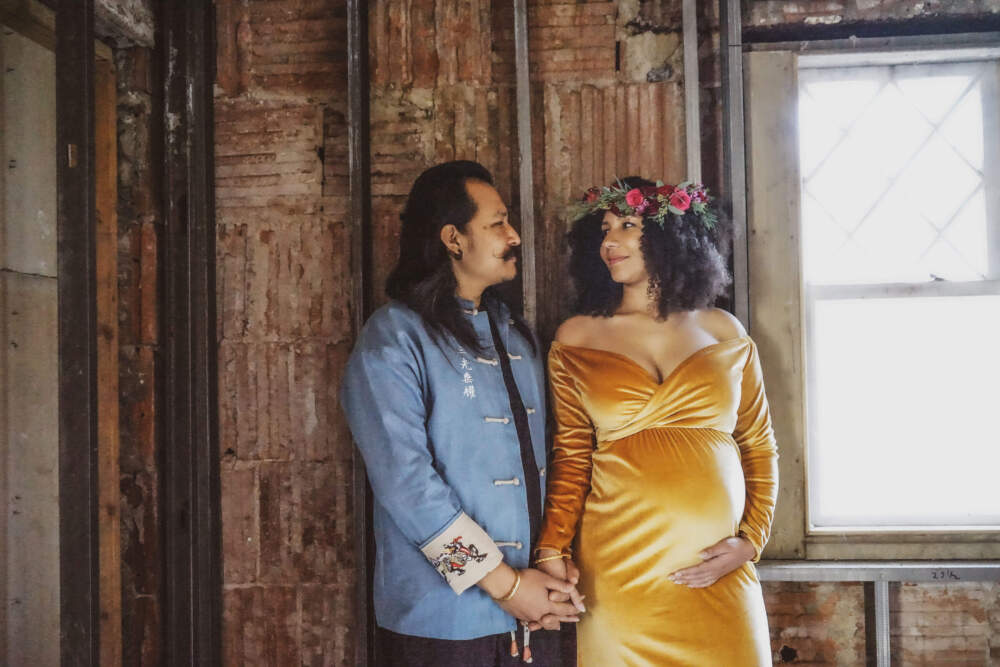
It's not just about the photographs for Belnavis. She describes her practice as a co-journey, not only with Black and brown birthing people but birth workers as well. Belnavis' photos help provide and build out a visual context for what the perinatal journey looks like. "I want to amplify representation within the perinatal photography space and also, evoke more conversation and advocacy."
Birthlooms has even made Belnavis rethink her own mother's birthing journey. "I learned, since the pandemic, that my two sisters were delivered by our family doctor, but I was delivered by a midwife," Belnavis says. "I didn't know that all these years. What was that experience like, giving birth with a midwife in 1980s Jamaica? It just prompts a lot more conversation, which I think is exciting and very much needed."
Belnavis plans to continue to expand Birthlooms in ways that allow her to share and highlight the stories of the people she photographs, with hopes for more workshops and a potential summit in the near future. She also has a private practice called A Bucket for the Well that is "a perinatal creative wellness practice where I provide perinatal mental health support and movement psychotherapy support for Black and brown birthing folks and also birth workers."
For Belnavis, Birthlooms has opened up an entire world of possibility. "I just want to continue empowering Black and brown birthing folks to honor their stories."
Stefanie Belnavis hosts a portrait pop-up for Mother's Day on Sunday, May 12, at Emerald City Plant Shop.
